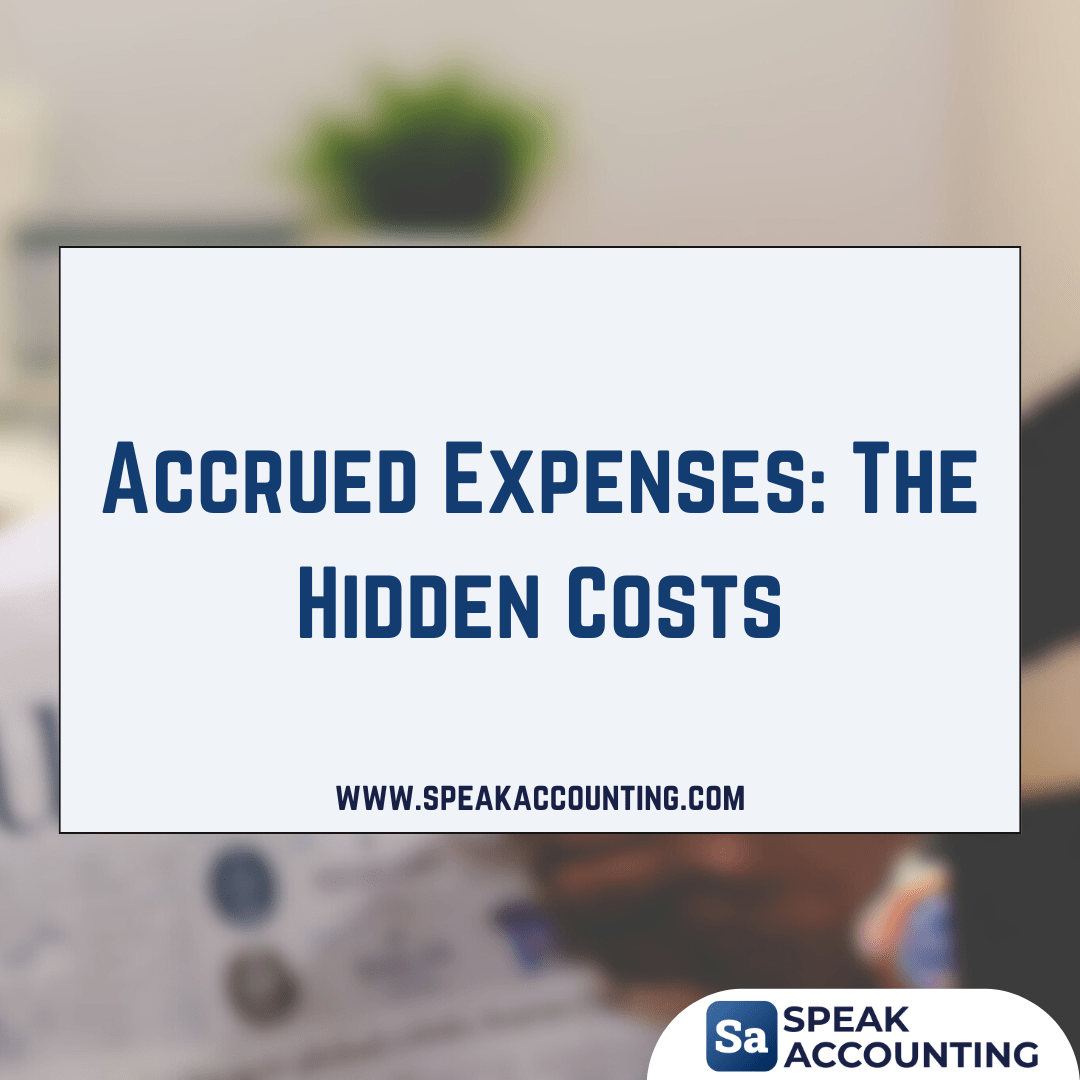How to Record Cash and Credit Sales Journal Entries
Journal EntryIntroduction Sales transactions are the backbone of any business. Therefore, recording them accurately is essential for maintaining reliable financial records. In this post, we’ll break down how to record sales journal entries for both cash and credit transactions. Understanding these entries ensures that your financial statements remain accurate and compliant with accounting standards. 1. What […]
How to Record Cash and Credit Sales Journal Entries Read More »










